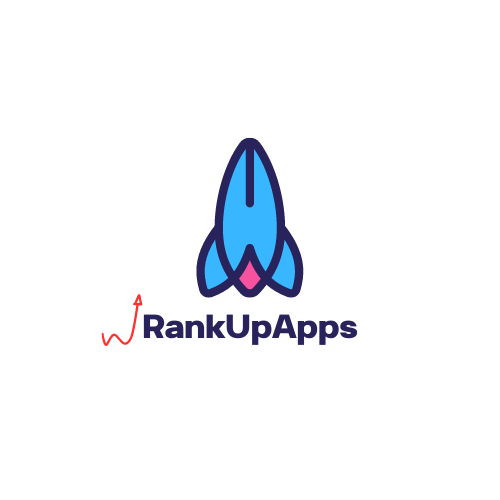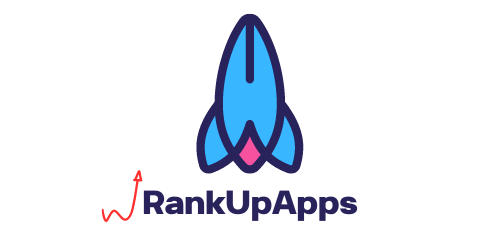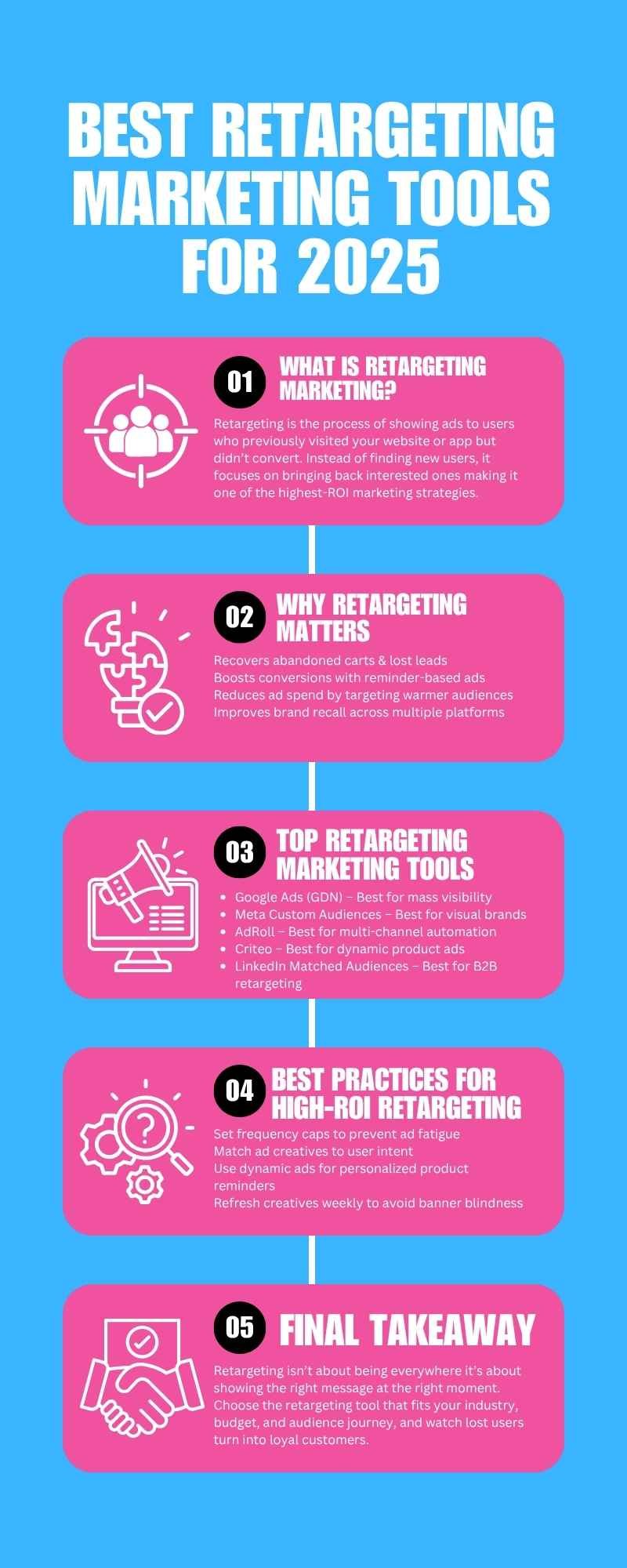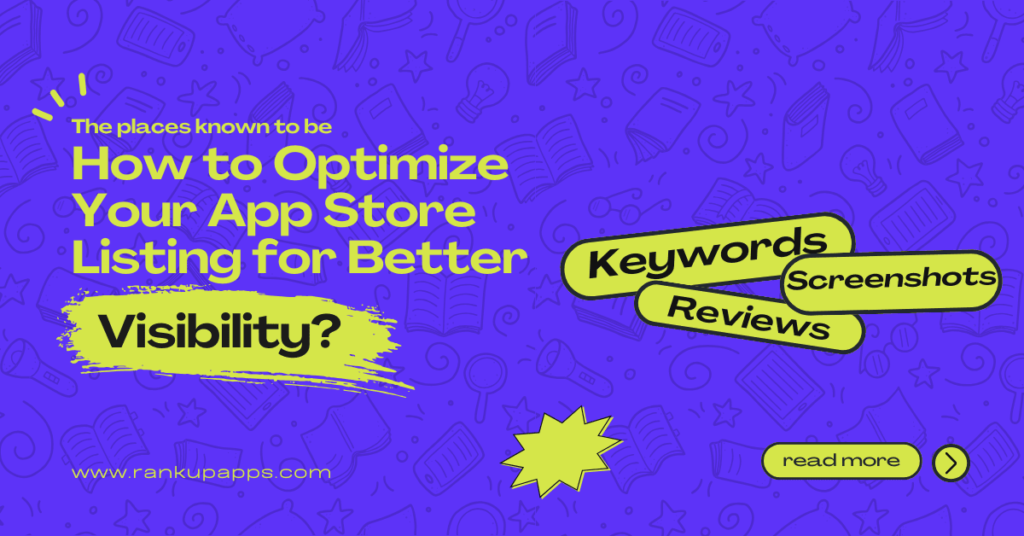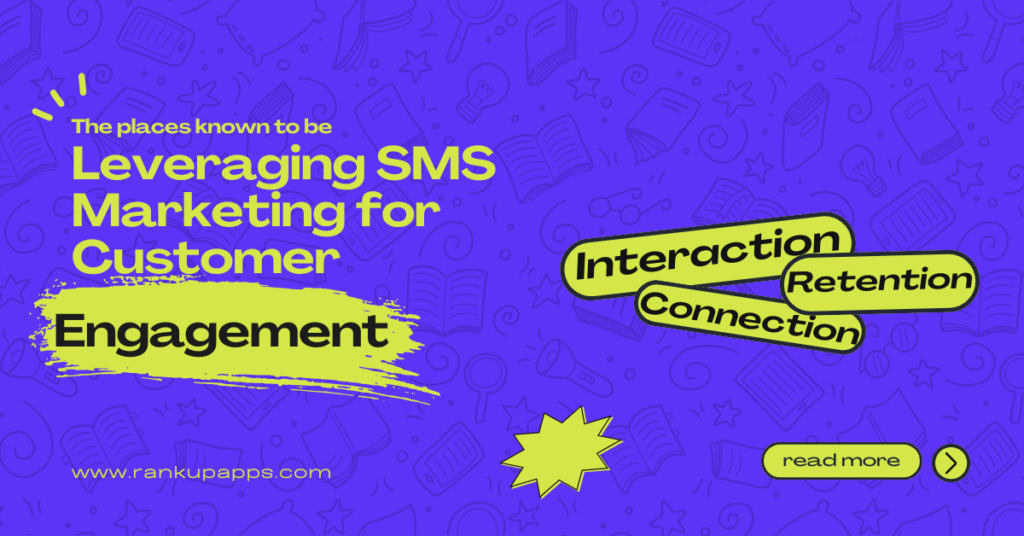Retargeting marketing is a strategy that reminds users about products they viewed but didn’t purchase. It works by placing a tracking pixel on your website that logs visitor behaviour. When they leave, ads follow them across social media or websites to pull them back. Unlike remarketing, which relies on email lists and past customers, retargeting vs remarketing differs in execution; one is pixel-based, the other CRM-driven. Pixel-based retargeting is faster and automated, while CRM or email retargeting is more personalised. Both approaches work brilliantly when combined with retargeting marketing tools, helping businesses recover lost leads and improve conversions through clever ad recalls. In fact, high-performing brands often rely on retargeting marketing tools to re-engage warm audiences and maximise ROI.
Why Retargeting Tools Are Essential for E-commerce, SaaS & Lead Gen Brands?
Most users don’t convert on their first visit; that’s precisely why retargeting exists. With the right tools in place, brands can re-engage warm prospects, showcase relevant offers, and remind them what they’re missing out on. The benefits of retargeting go far beyond visibility; it drives higher ROAS, improves lead quality, and turns “almost customers” into paying ones.
One of the biggest wins? Reducing cart abandonment and drop-offs. Instead of losing revenue to hesitation or distraction, retargeting ads pull users back with urgency-focused creatives, exclusive offers, or personalised messaging.
Whether you’re driving product sales or SaaS sign-ups, retargeting marketing tools act like an always-on salesperson nudging users until they convert. Skip them, and you leave money on the table. Use them strategically, and every campaign becomes more profitable.
Types of Retargeting Campaigns You Can Run
When using retargeting marketing tools, campaigns play a critical role in converting interested visitors into buyers. Different retargeting strategies ensure your brand stays visible across multiple touchpoints and gently pushes users back toward conversion. Here are some of the most effective approaches:
Dynamic Product Retargeting
Show users the exact products they viewed or added to cart but didn’t purchase. This hyper-personalised approach boosts conversions by tapping into existing buying intent.
Cross-Channel Retargeting (Web, Social, Mobile)
Reach potential buyers wherever they spend time, whether it’s websites, social feeds, or mobile apps. Consistent exposure across platforms reinforces recall and accelerates action.
Search & Display Retargeting
Target users who searched for similar products or interacted with competitors. Display ads ensure your offer stays front and centre while they’re still in decision mode.
By leveraging these types of retargeting campaign models, brands can recover lost revenue and drive higher ROI with minimal effort. When used strategically, retargeting marketing tools act like a 24/7 follow-up system, consistently bringing back high-intent users until they convert.
Top Retargeting Marketing Tools
Retargeting isn’t just an ad tactic anymore; it’s the safety net that captures users who almost converted and turns them into paying customers. While many brands rely on retargeting marketing tools, it’s the strategic follow-up ads that actually seal the deal. Whether you’re running Facebook & Google retargeting tools or automated CRM-based campaigns, your choice of platform determines how efficiently you recover lost leads.
| Tool Name | Best For | Pricing | Platforms Supported |
| Google Ads Retargeting | Beginners & SMBs | Pay-per-click | Web, Search, Display |
| Meta Custom Audiences | Social Commerce | CPM / CPC | Facebook, Instagram |
| AdRoll | Multi-Channel Retargeting | Subscription + Ad Spend | Web, Social, Email |
| Criteo | Large Retail / eCommerce | Custom | Dynamic Ads |
| LinkedIn Matched Audiences | B2B Retargeting | Bid-based | |
| HubSpot Retargeting | CRM Retargeting | Bundle Pricing | Web, Email |
| LeadsBridge | CRM → Ad Sync Automation | SaaS Marketers | Integrations |
1. Google Ads Retargeting: Still the Entry Point for Most Businesses
If you’re new to paid advertising, Google remains the most accessible of all retargeting platforms. You can show ads to users who’ve visited specific product pages, added items to cart, or engaged with your blog content. The most significant advantage is that the Google Display Network alone covers over 90% of the internet, making it ideal for low-budget remarketing.
Best For: Small-to mid-sized stores recovering abandoned carts.
2. Meta Custom Audiences: The King of Social Retargeting
Facebook and Instagram are impulse-buying machines. Meta Custom Audiences lets you retarget users based on profile visits, video views, or even DM interactions. It’s perfect for visually-driven brands, such as fashion, beauty, or gadget stores. Combine this with retargeting marketing tools, and your ad pipeline becomes unstoppable.
Best For: D2C brands, lifestyle products, gift-based campaigns.
3. AdRoll: The Multi-Channel Powerhouse
If you want more than just Facebook & Google retargeting tools, AdRoll gives you a full suite of cross-platform control. It syncs your email list, tracks anonymous visitors, and even retargets people across Yahoo, Pinterest, TikTok, and email newsletters. It is where serious growth brands go for scale.
Best For: Brands running three or more ad channels simultaneously.
4. Criteo: Real-Time Dynamic Ad Personalisation
Criteo is unmatched when it comes to dynamic product ads. Instead of showing one generic banner, it instantly generates personalised creatives based on user browsing behaviour. If you manage extensive catalogues, Criteo turns browsing data into automated revenue.
Best For: Large catalogue-based stores and marketplace operators.
5. LinkedIn Matched Audiences: B2B Retargeting, Refined
Not all retargeting campaigns are about impulse purchases. LinkedIn allows you to retarget based on company, job title, or even intent signals from whitepaper downloads. If you sell SaaS, consulting, or high-ticket services, this is your playground.
Best For: Enterprise B2B funnels and lead nurturing cycles.
6. HubSpot Retargeting: CRM Meets Paid Ads
HubSpot blurs the line between automation and advertising. Instead of random impressions, you can trigger ads only when a lead becomes “hot,” “inactive,” or “ready to close.” It’s emotional intelligence, but automated.
Best For: Brands already using HubSpot for email and lead management.
7. LeadsBridge: The Automation Link You Didn’t Know You Needed
LeadsBridge doesn’t replace your ad platforms; it supercharges them. It acts as a bridge between your CRM and ad accounts, syncing every lead update in real time: no more stale audiences or mismatched campaigns.
Best For: SaaS teams and agencies with complex data workflows.
How to Choose the Right Retargeting Tool?
Picking the perfect retargeting platform isn’t just about flashy features; it’s about relevance, scale, and ROI. Whether you’re promoting a product, digital service, or personal brand, the retargeting marketing tools you choose will directly impact your revenue recovery rate.
Based on Budget & Traffic Volume
If you’re a small business or early in your journey with retargeting marketing tools, avoid platforms that demand high minimum ad spends. Tools like AdRoll or ReTargeter work well for low to mid-traffic sites. They offer flexible pricing and easy plug-and-play integrations with Shopify, WooCommerce, and CRM workflows.
For higher traffic stores or mature ad stacks, go for Criteo or Google Display Network, which unlock AI-driven dynamic ads and automated bulk audience segmentation.
Based on B2B vs B2C Industry
B2C brands thrive on visual-heavy formats, carousel ads, product reminders, and abandoned cart nudges.
B2B, however, needs longer nurturing cycles, so choose platforms with LinkedIn or email remarketing support. A combination like HubSpot Ads + Meta Retargeting works brilliantly for SaaS, finance, or consulting brands using retargeting marketing tools to re-engage leads.
How to Set Up a Retargeting Campaign?
Setting up a retargeting campaign is one of the most effective ways to recover lost revenue, especially when users abandon carts or browse without buying. Here’s how to do it right:
Install Pixel or Tracking Script
Add the tracking pixel from Meta, Google, or any retargeting marketing tools platform to your website. This tiny script captures user actions, page views, clicks, or cart activity, which later powers your ads.
Segment Your Audience
Never serve the same message to everyone. Create segments like cart abandoners, product viewers, and past buyers. Personalised messaging dramatically improves performance marketing tools.
Define the Offer & Ad Copy
Retargeting works best with a strong hook. Use lines like:
- “Still thinking? Get 10% off now!”
- “Your cart is waiting, last chance!”
- Keep visuals consistent with your product page so users instantly recognise what they skipped.
Set Frequency & Duration
Be consistent, not annoying. A good benchmark is 3–5 impressions per day per user for 7–14 days, depending on product urgency.
Launch & Monitor
Once live, keep optimising, Analyse CTR, conversions, and frequency. If ads are being seen but ignored, refresh the creative or offer.
Best Practices to Improve Retargeting Performance
Retargeting isn’t just about showing ads repeatedly; it’s about showing the right ad at the right moment. A well-structured strategy can turn hesitant browsers into loyal buyers, especially when powered by retargeting marketing tools, where every click has value.
1. Frequency Capping – Don’t Annoy, Influence
Blasting users with the same ad ten times a day is the fastest way to get ignored. Set frequency caps to control how often someone sees your ad within 24 hours. With retargeting marketing tools, subtle repetition builds trust; irritation kills it.
2. Personalisation with Dynamic Ads
Someone who views running shoes shouldn’t be shown kitchen blenders. Dynamic ads pull real-time product data to mirror each user’s browsing behaviour. Personal relevance instantly increases click-through rates when using retargeting marketing tools.
3. A/B Test Creatives Relentlessly
No ad is a permanent winner. Test different headlines, visuals, CTAs, and even button styles. Sometimes, a simple shift from “Buy Now” to “Grab Yours” can lift conversions dramatically.
Retargeting Best Practices Checklist
- Limit impressions per user
- Match ads to actual browsing intent
- Rotate creatives weekly
- Test discount vs. no-discount messaging
Common Mistakes in Retargeting Campaigns
Overexposure Leading to Ad Fatigue
One of the biggest retargeting mistakes brands make is bombarding users with the same ad repeatedly. Instead of pushing the sale, it creates irritation and reduces trust. When using retargeting marketing tools, overexposure can turn warm leads cold. Set frequency caps, rotate creatives, and tailor messaging based on where the user is in their journey.
Poor Segmentation & Irrelevant Ads
Retargeting everyone with one generic offer is another costly mistake. Someone who viewed a product page shouldn’t see the same ad as someone who abandoned checkout. Clever use of retargeting marketing tools relies on precise segmentation. Cart drop-offs, repeat visitors, and deal seekers should each receive customised ads designed for their intent level.
Future of Retargeting: AI, Cookieless Tracking & First-Party Data
The next evolution of retargeting is no longer about stalking users across the web with repetitive ads. It’s about intelligence, consent, and precision.
AI-based predictive engines are now analysing user intent beyond past clicks, factoring in scroll depth, dwell time, and purchase behaviour to identify who is most likely to convert. Instead of showing ads to everyone who visited once, AI-powered retargeting marketing tools create micro-segments and serve dynamic creatives based on probability scoring.
With third-party cookies fading out, contextual and server-side tracking are taking centre stage. Rather than following people, brands now follow moments. If someone reads a blog about “best budget phones,” context becomes the trigger, not historic browsing data.
This shift is forcing brands to collect and activate first-party data email subscribers, app users, loyalty members and use it for consent-based retargeting across channels.
Tools like Google Enhanced Conversions and server-side APIs now allow advertisers to match data without exposing personal identity, privacy-first, performance-intact.
The Future of Retargeting Marketing Tools
- Smarter predictions instead of random repetition
- Cleaner, first-party data instead of invasive tracking
- Ethical relevance instead of intrusive stalking
Those who adopt this intelligent shift will win trust and conversions without being creepy.
Conclusion: Retargeting Tools Turn Lost Clicks Into Conversions
Retargeting marketing tools aren’t just about driving fresh traffic; they’re about reclaiming the users who slipped away. With intelligent automation, every abandoned cart or bounced visitor becomes another chance to convert. From personalised product reminders to dynamic ads that follow users across platforms, retargeting marketing tools shine when executed with precision, ensuring no click goes to waste.
In a competitive digital landscape, retargeting marketing tools backed by data don’t just boost sales; they build loyalty. If you’re not re-engaging lost users, your competitors will. That’s the real power of retargeting done right.
